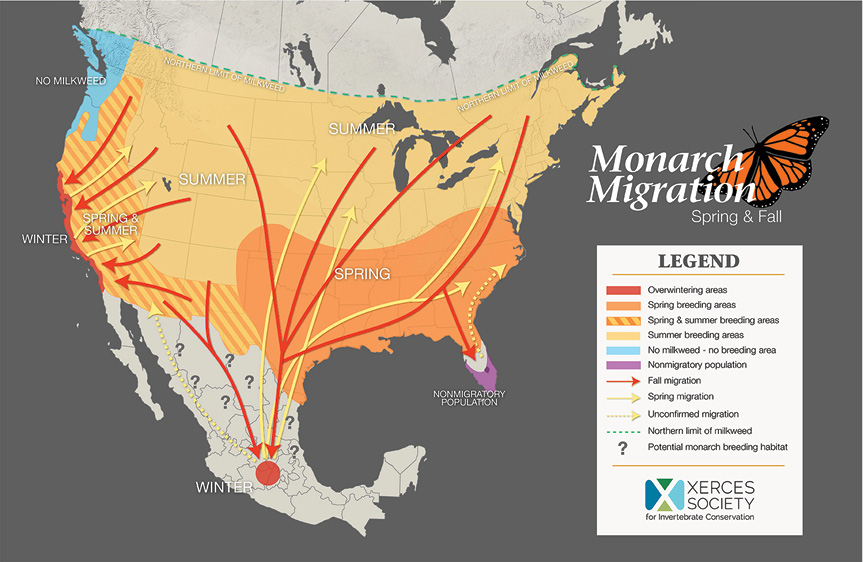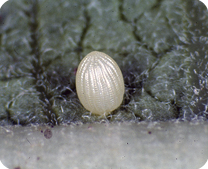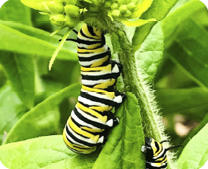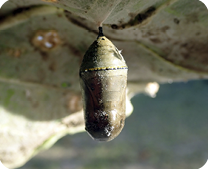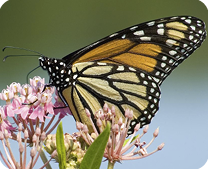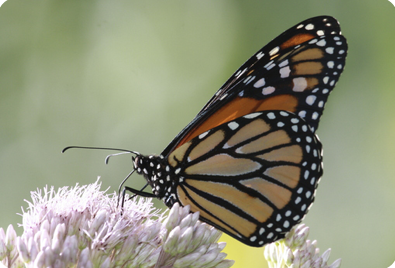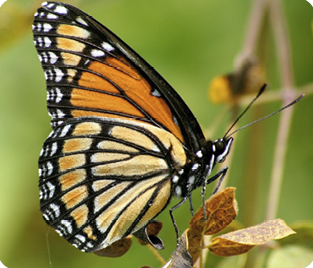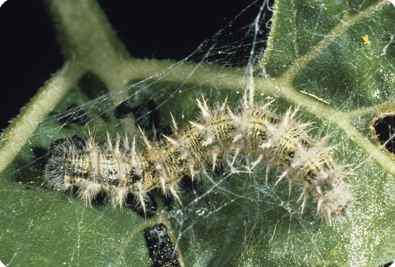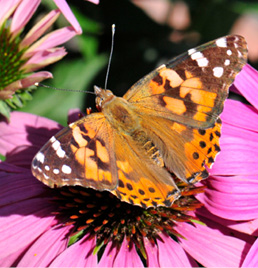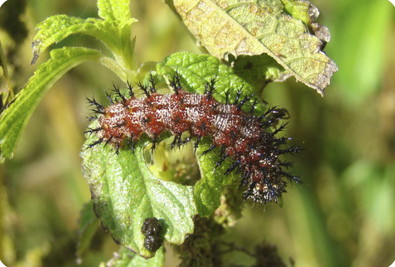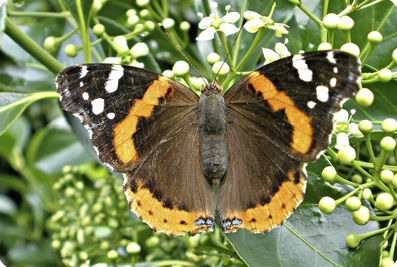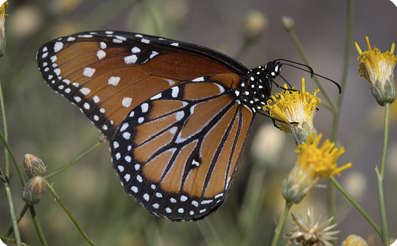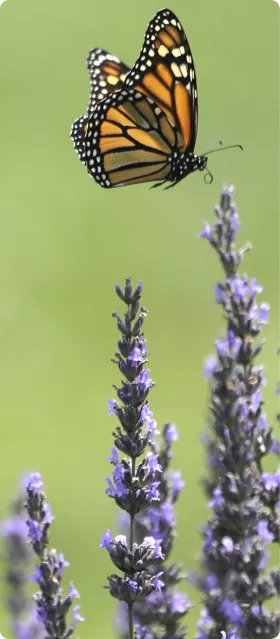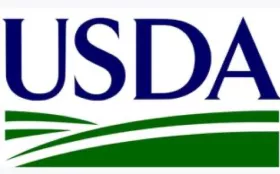Volunteer with the Monarch Larva Monitoring Project (MLMP)
The Monarch Larva Monitoring Project (MLMP) was developed by researchers at the University of Minnesota to collect long-term data on monarch populations and milkweed habitat. This citizen science project involves the general public in collecting data with which to develop a better understanding of the health of the monarch population during the breeding season.
MLMP volunteers participate in several in-person training sessions which cover monarch biology, monitoring procedures, data entry protocols and other important monitoring information. MLMP volunteer efforts contribute to monarch conservation and supply valuable knowledge of butterfly ecology in general.
To learn more about monarch conservation efforts and to volunteer for MLMP, visit https://mlmp.org.
For more information about monarchs and other pollinators, and to stay up to date with conservation news and volunteer projects, follow NDSU Extension Pollinator Conservation on Facebook. Also, please see our NDSU Extension publication on planting milkweed and other beneficial plants, The Monarch Butterfly: Part II Conservation Gardens in the Northern Plains.
Used with permission of the Xerces Society
This publication is supported in part by the U.S. Department of Agriculture, National Institute of Food and Agriculture, Crop Protection and Pest Management - Extension Implementation Program, award number 2021-70006-35330. Any opinions, findings, conclusions or recommendations expressed are those of the authors and do not necessarily reflect the view of the USDA.
NDSU Extension does not endorse commercial products or companies even though reference may be made to tradenames, trademarks or service names. NDSU encourages you to use and share this content, but please do so under the conditions of our Creative Commons license. You may copy, distribute, transmit and adapt this work as long as you give full attribution, don’t use the work for commercial purposes and share your resulting work similarly. For more information, visit www.ag.ndsu.edu/agcomm/creative-commons.
For more information on this and other topics, see www.ndsu.edu/extension
County commissions, North Dakota State University and U.S. Department of Agriculture cooperating. NDSU does not discriminate in its programs and activities on the basis of age, color, gender expression/identity, genetic information, marital status, national origin, participation in lawful off-campus activity, physical or mental disability, pregnancy, public assistance status, race, religion, sex, sexual orientation, spousal relationship to current employee, or veteran status, as applicable. Direct inquiries to Vice Provost for Title IX/ADA Coordinator, Old Main 201, NDSU Main Campus, 701-231-7708, ndsu.eoaa@ndsu.edu. This publication will be made available in alternative formats for people with disabilities upon request, 701-231-7881. 700-6-23
